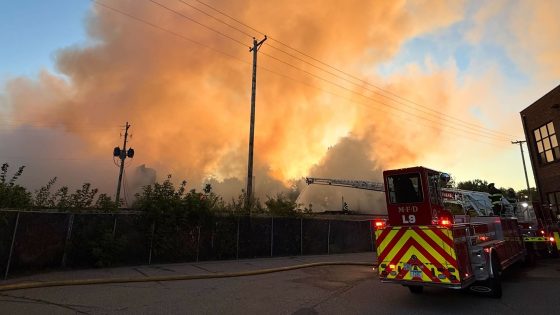Predicting movements on the Schelde riverbed remains a major challenge for engineers and environmental experts. The recent failure to sink the fourth tunnel section of the Scheldetunnel on 2025-08-22 16:48:00 highlights these difficulties. A shifting sandbank blocked the operation, delaying progress on this important infrastructure project.
- Impossible to perfectly predict Schelde movements
- Water expert Patrick Meire comments on failure
- Fourth tunnel section sinking fails due to sandbank
- Lantis construction company likely made no error
- Schelde riverbed described as highly dynamic
Water expert Patrick Meire explains that the Schelde’s riverbed is highly dynamic and unpredictable. He stresses that the project owner, Lantis, did not make an error but rather faced natural conditions that are difficult to forecast. How can construction teams adapt to such a fluid environment? And what does this mean for the future of the Scheldetunnel?
Understanding the challenges of working in the Schelde is key to appreciating the complexities behind this ambitious project. Here’s a quick overview of the situation and its implications.
Why are these riverbed movements so hard to predict? The Schelde’s underwater landscape constantly changes due to natural sediment transport and water flow variations. This creates risks for large-scale engineering projects like the Scheldetunnel.
- The Schelde riverbed is naturally unstable and shifts frequently.
- Lantis faces environmental challenges beyond human control.
- Such unpredictability requires flexible planning and adaptive engineering.
Looking ahead, engineers and planners must continue refining their strategies for working with the Schelde’s dynamic environment. Can innovative technologies help predict these changes better? Staying informed and adaptable will be crucial as this vital tunnel project progresses.











